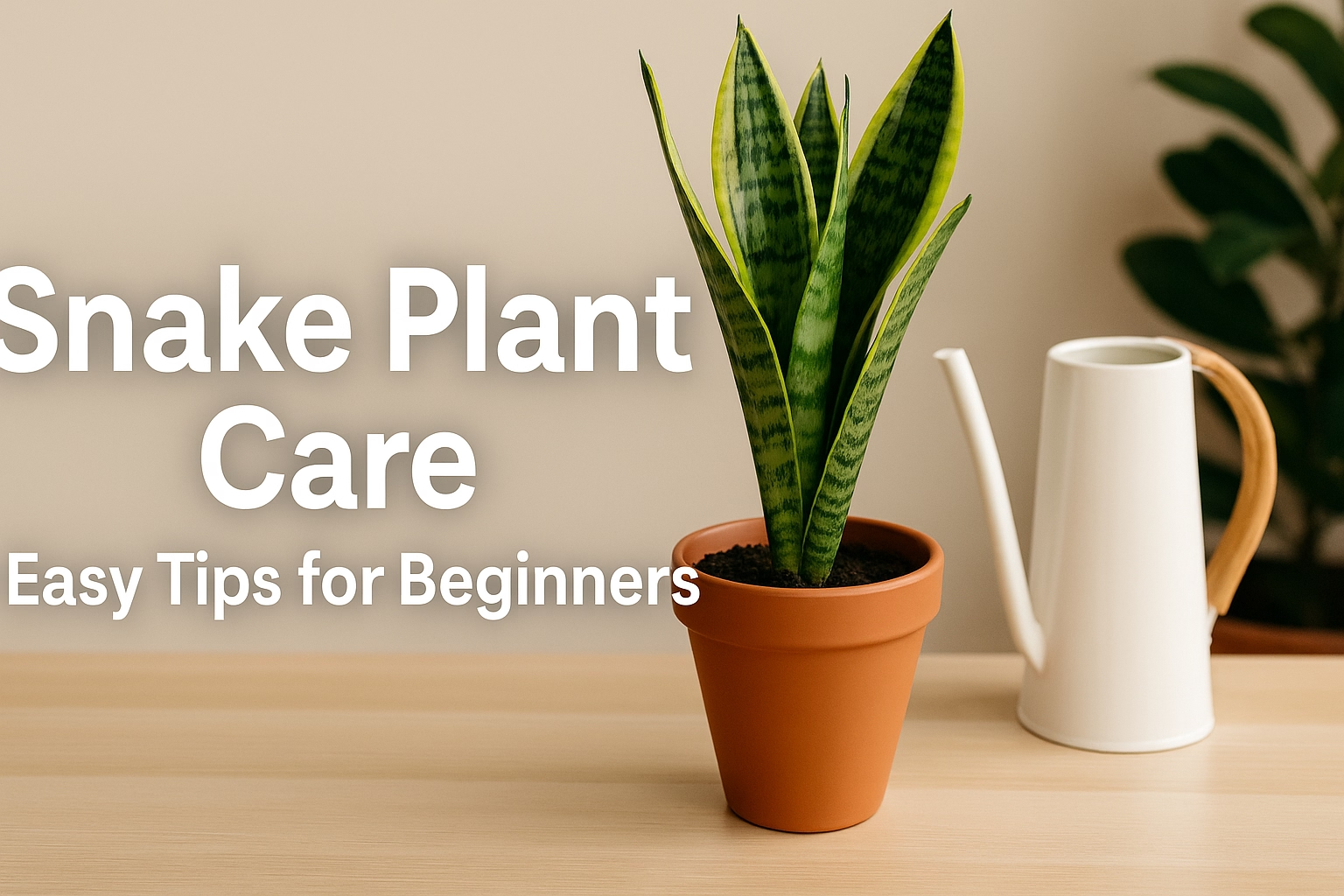
Snake Plant Care: Easy Tips for Beginners
If you’re new to plant parenthood or feeling unconfident due to past plant trauma, snake plant care is a great starting point. Snake plants, along with ZZ plants, are among the most indestructible plants you can possibly own. They’re very, very easy to care for, making them perfect for beginners. These plants can go months without being watered and tolerate almost all different light levels.
By exploring snake plant care, you embrace a low-maintenance option that thrives with minimal effort. Their resilience offers peace of mind, especially if you’re restarting your plant journey.
What to Look for in a Healthy Snake Plant
When buying a snake plant, knowing what to look for ensures you bring home a healthy one. The biggest signs of unhealthy snake plants are brownish or blackish circles on the leaves. If you notice a big brown spot, that’s a negative sign. It should raise alarm bells. Look at a different plant instead.
Healthy snake plants look nice, tall, green, and vibrant. You may see breaks in the foliage, like a slit cut through the leaf. As long as it’s just a slit with no black or brown discoloration, there’s nothing to worry about from a health perspective, even if it’s not aesthetically perfect.

Advantages of Snake Plants Over Real Plants
Snake plants stand out for their sturdiness and straightforward care. Unlike many real plants, they don’t demand constant attention. As long as your plant doesn’t have round or black spots, it’s a relatively honest and sturdy choice. This makes snake plant care far less daunting than caring for more delicate species.
Their ability to thrive in varied light conditions and survive long periods without water gives them a clear edge. For those hesitant about plant care, snake plants offer a forgiving, low-risk option.
How to Place Your Snake Plant for Success
Where you place your snake plant matters for its success. These plants are super tolerant to almost all light levels, but total darkness isn’t ideal. To set it up for success, place it by a window when you bring it home. Nurseries grow snake plants in perfect conditions with ample direct sunlight. Your home’s light, even by a window, will be less intense, so avoid shocking the plant by placing it in a dark spot immediately.
After about a month, once it’s acclimated to your home’s light levels, you can move it to your desired spot—bedside table, by the sofa, or wherever you envision it. Proper placement is a key part of snake plant care that ensures long-term health.
Essential Snake Plant Care Tips
The only way to really kill a snake plant is by overwatering it. To master snake plant care, let the soil dry out completely before watering again. If you’ve seen our plant watering video, we explain how to check soil dryness, especially for snake plants. Overwatering leads to brown, yellow, or black spots on the leaves, which we mentioned earlier. Avoid this, and your plant will thrive.
Beyond watering, wipe down the leaves once a month with a clean, wet cloth. Dust collects on the long leaves, blocking sunlight. A quick wipe keeps them happy and healthy with minimal effort.
Handling Common Snake Plant Issues
One issue you might notice in snake plant care is a fallen stalk. If a tall stem falls 90 degrees, it’s almost always due to overwatering. Digging near the base would reveal roots that provide structure and anchor support. Overwatering causes these roots to rot, making the stem collapse. If this happens, the stem won’t recover—just pull it away.
To prevent this, reassess your watering habits. Wait a month before watering again, or even two months if the plant gets little light. This low-maintenance plant is highly tolerant, making it a fantastic choice for beginners. If you have questions, reach out to our team for help with snake plant care. Thank you for reading!